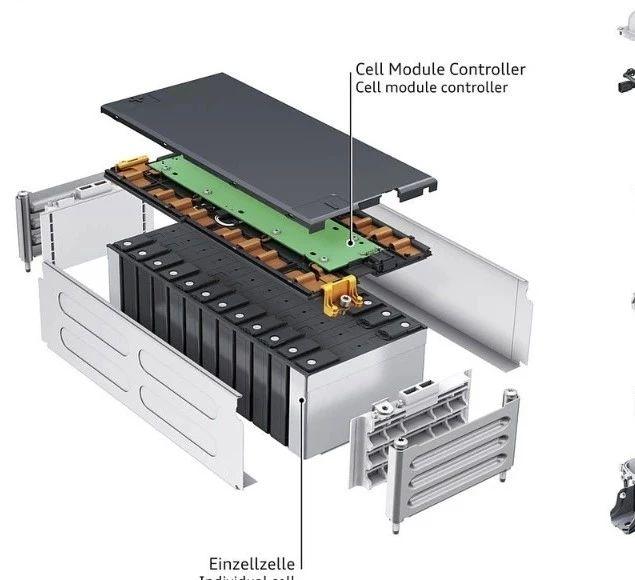The internal structure of a lead-to-lithium battery is designed to integrate elements from both lead-acid and lithium-ion battery technologies. This hybrid configuration aims to leverage the advantages of both systems, such as high energy density, longer cycle life, and robust performance.
Components
- Positive Electrode (Cathode):
- Material: Lithium-based compounds such as lithium iron phosphate (LiFePO4), lithium nickel manganese cobalt oxide (NMC), or lithium cobalt oxide (LiCoO2).
- Function: Serves as the source of lithium ions. During discharge, lithium ions move from the cathode to the anode, releasing energy.
- Negative Electrode (Anode):
- Material: Can be a modified lead-based material or a traditional lithium-ion anode material like graphite or silicon.
- Function: Stores lithium ions during charging. In some designs, the anode might retain characteristics of lead to enhance durability and safety.
- Electrolyte:
- Composition: A lithium salt (e.g., LiPF6) dissolved in an organic solvent.
- Function: Facilitates the movement of lithium ions between the cathode and anode. This is different from the sulfuric acid used in lead-acid batteries.
- Separator:
- Material: A microporous polymer membrane.
- Function: Prevents physical contact between the cathode and anode while allowing lithium ions to pass through. This is critical for preventing short circuits and ensuring safe operation.
- Current Collectors:
- Cathode Collector: Typically aluminum.
- Anode Collector: Typically copper or a modified lead-based material.
- Function: Collects and conducts the electric current from the electrodes to the external circuit.


